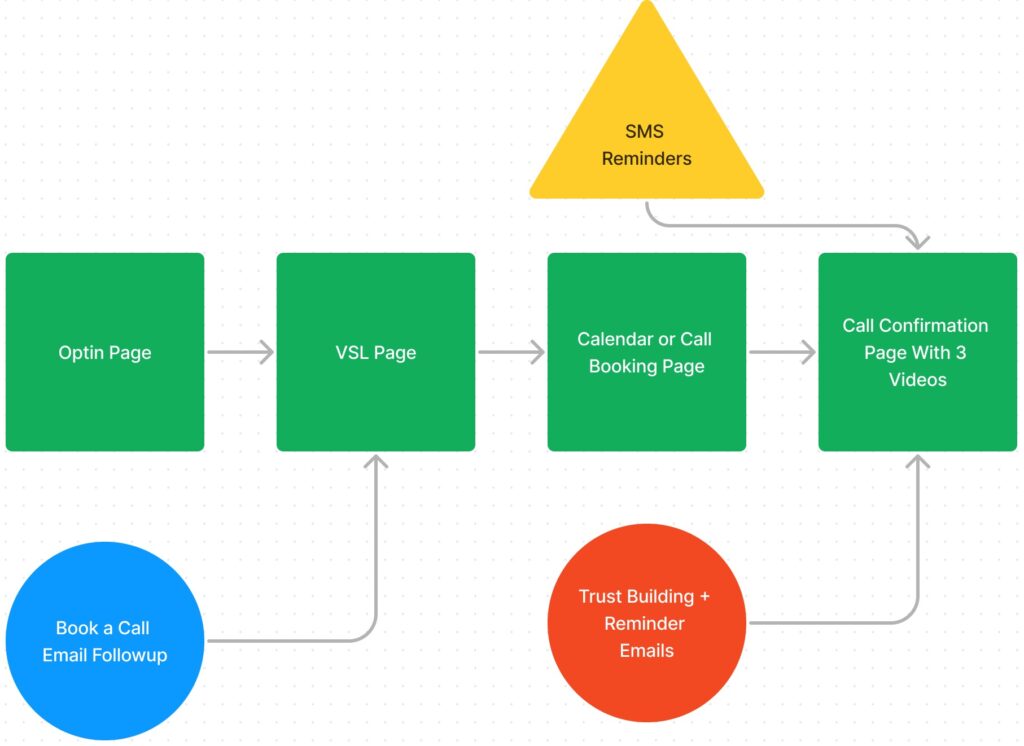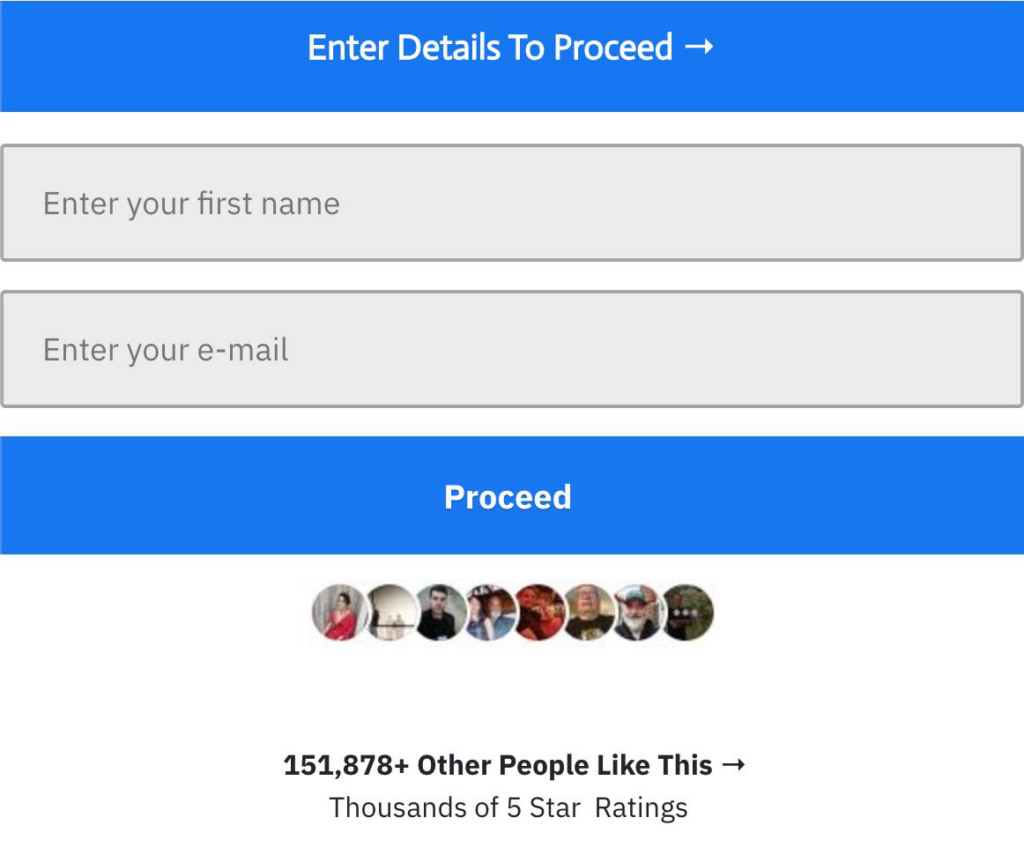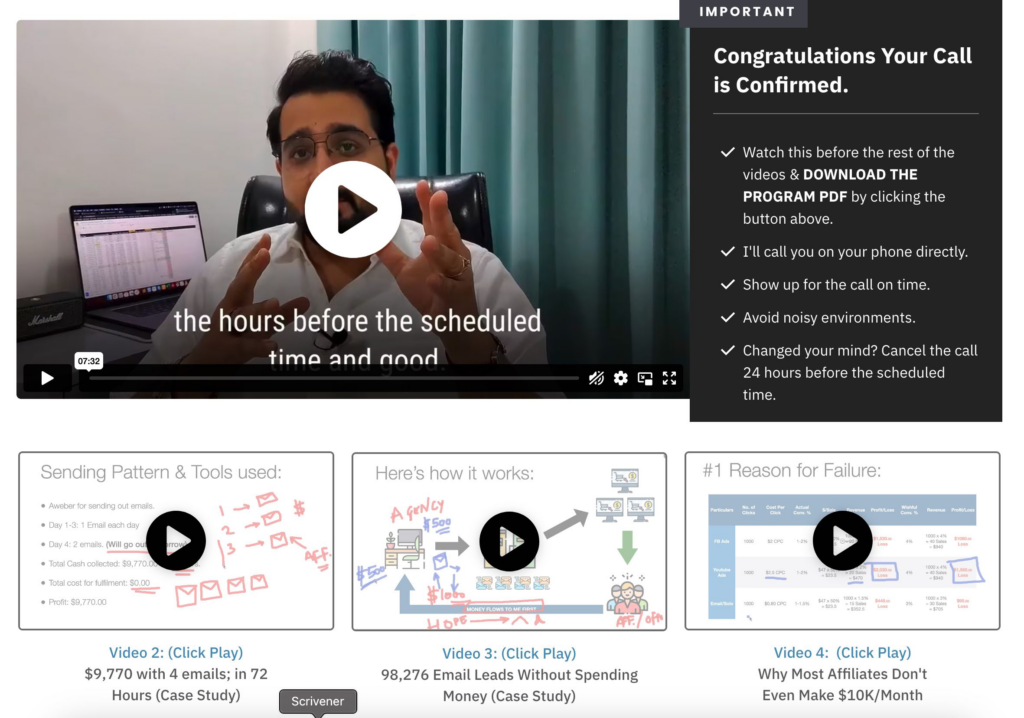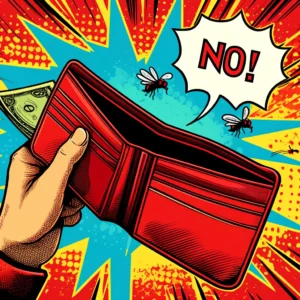People aren’t buying high-ticket offers as well as they used to. The market has shifted completely.
Right now, it’s easier to sell a $20,000 product than to sell a $5,000 offer because most people have been hammered to death with these $5K Coaching/Consulting offers.
For every single problem in the market, there are 10 gurus who claim they can solve it.
They’re racing to the bottom, making everything a commodity.
Everyone’s selling the same thing to the same audience.
Worse, many are just rehashing each other’s products without any creativity or innovation. This is why a lot of people are not responding to offers anymore. The high-ticket model that worked really well a few years ago is not as effective now.
It can still work if you find pockets of people who aren’t overexposed to offers in your industry. But if you’re using ad networks like Facebook, Google, YouTube, or TikTok, finding these pockets of non-overexposed users is going to be hard.
The reason I’m writing this post is because I had the conversion rates drop on my high-ticket offer, which I had been selling since 2016 and 2017. It always produced six or seven figures without me doing a ton of work.
So, I decided to put on my thinking hat and get them to work again. Thankfully, I was able to get it to work really well once again, even in this competitive space.
Here’s my thesis and suggestions on how you can get high-ticket sales as effortlessly as possible. By marketing it better than the others, you differentiate yourself from the overnight gurus.
Trust
There’s immense skepticism in the market right now. People aren’t responding to the usual tactics. They have done sales calls. If you are selling over the phone using the same scripts by Sam Ovens or Dan Lok, they know the scripts, they know how the calls are going to go.
So it becomes hard for you to sell. Hard sales are out of the question. The sales calls that work are more diagnostic in nature, where you help them identify their problems, tell them what it is costing them by not fixing the problem, and how you can help them. Then they decide whether they want to work with you or not.
Attraction marketing that builds trust is the key. Hard sales are out of the equation in the present-day scenario.
How Do You Build Trust?
Results in advance. If you can help someone almost instantaneously and they see the results, they’re going to automatically trust you. For example, if there is somebody who has sciatic pain that goes down from their butt cheeks to their lower limbs and you have a stretch that releases this pain almost instantaneously, and you make a 60-second video out of it, it will help them.
You can be 100% sure that person is going to trust you with all your other material. If you try to sell them on a permanent solution for the sciatic pain, they are going to buy because you delivered results in advance. That is one of the best ways to build trust, by actually helping them.
Aha moments. If you can give them information that makes them go, “Wow, this person really knows what he’s talking about,” or, “He’s correct,” they’re automatically going to trust you more. They built that trust in their own head because you helped them with an aha moment.
Authority by association. If you are great at meeting people and networking, take pictures with the celebrities in your industry and put them on your website. Authority by association works. People who are hanging out with the marketing greats and have pictures and recommendations from them on their websites convert better.
Understanding their problems better and vocalizing it. This strategy revolves around understanding the market better than the competition. If you can tell them that you understand their problem, they will come up with the conclusion that you know something they don’t and can help them.
For example, if you go to a doctor and say your head hurts and you have a rash on your right forearm, and then he tells you three or four other things you didn’t mention, you will trust this person more. Understanding their problems and vocalizing it shows that you understand what they’re going through.
Four Things They Need to Believe
They need what you have. This means you can solve the pain they have. Every offer in the market is about solving a problem, getting rid of a pain, or helping them move closer to pleasure.
You are trustworthy. There are a ton of overnight gurus in the online space. They want to know that you aren’t just going to disappear once they spend money with you. We’ve already discussed ways to build trust.
Your product can help them. They need to understand that your product will help them solve their problem and that you aren’t just after their money. Including testimonials or success stories from people in similar or worse off situations helps demonstrate this.
You are the best choice. This is done by being the relatable go-to source for the information, being omnipresent, demonstrating value, and building trust.
Pre-Selling Funnel
Now let’s talk about a pre-selling funnel.
As I mentioned earlier, most of the sales are made before people even hop on the phone with you. Almost 80 to 90% of the sales are made before the phone is even picked up.
The only reason they hop on the phone with you is to understand if you’re a real person who can actually help them and if they have any questions. In my case, because I help people set up successful online businesses, they want to know if I can get them results, like building a big email list quickly or getting sales and conversions as soon as possible.
The only other reason is if they have questions related to the program I offer.
Funnel Design
Now that we have this out of the way, let’s talk about the actual funnel design and the way it works. There’s the opt-in page, the VSL, and the call application. This is how my funnel looks:

I keep the opt-in page relatively simple because people clicked on the ads because they liked what was shown.
If the opt-in page has a different headline, it creates incongruence.
They clicked a particular ad, and if the opt-in page is different, they won’t opt-in. So, I keep it simple: enter your details to access the video:

This is how it looks believe it or not and it converts at around 63-65% (100% mobile only optimised) because most traffic is mobile on Facebook.
The VSL page is self-explanatory. They watch the video sales letter with a call to action, which is the call application form. They fill out the form with a bunch of questions.
Once they fill out the call application, they get to the confirmation page with three other videos aimed at solving their main problems. This creates trust because it shows that I can solve their top problems before they even hop on the call.
As I mentioned, delivering results in advance or helping them understand their problems better builds trust. High-ticket sales are made based on trust, and the sale is always an emotional decision backed by logic.
The three videos solve their biggest problems, give them aha moments, or deliver results in advance.

Then there’s the email follow-up.
Before booking a call, we do direct selling videos in the evening aimed at getting them to the VSL page and then booking a call. In the morning, we send educational emails because people need motivation when they start their day.
This is the two-step jab I use in my email marketing. Once they book a call, we send three to four educational emails before the call, which could be the three videos from the confirmation page.
The goal is to give them aha moments and make them understand that you know their problems. These emails also contain testimonials or a video compilation of testimonials.
Retargeting
Before booking the call, the goal is to get them back to the VSL and book a call. Run ads with a lead or purchase goal on Facebook to get them to book a call. You don’t need to get them back to the opt-in page because they’ve already opted in.
For people who have booked a call, we retarget them differently, showing them video testimonials and educational videos. We run these as video views ads to show our face everywhere, creating omnipresence. Once they book a call or are inside your funnel, make sure they see you everywhere.
Repurpose the ads you used to get them on your website and run them on YouTube and Google Display Network for easy recognition. The goal is top-of-mind awareness before they hop on a call with you.
One-Call Close
So, what do you do before the call for a one-call close? Very simple: trust and authority. Use pre-suasion, which means setting the stage for the sale before the call.
Explain the concept of pre-suasion, like the police officer example from the book. The same concept works in high-ticket sales. The sales call is just 5 to 10%, and the sale is really made before the phone is picked up.
By delivering results in advance and doing everything mentioned above, we are pre-suading them to work with us. The single biggest factor is consumption. The more content they consume from you, the better the chances of success.
I’ve used Hyros to track my users throughout my funnel. I know how many pages they’ve consumed, how long they’ve followed my content, and their registration dates. Real data trumps everything.
From experience and raw numbers, I know that anyone who has seen three to four webinars, read my emails, and seen my blog posts is highly likely to buy if they book a call. This is because they have already consumed my content.
Conclusion:
- Pre-selling is crucial: Most high-ticket sales are made before the phone call, with 80-90% of the decision process completed beforehand.
- Build trust: Achieve this by delivering results in advance, creating aha moments, and demonstrating authority through associations and understanding customer problems.
- Most sales are made before they even hop on the phone: The phone call is just the final 10-20% push at max.
- Effective funnel design: Use a simple opt-in page, a compelling VSL, and a detailed call application form followed by a confirmation page with educational videos.
- Email follow-up: Implement direct selling and educational emails to build trust and provide value.
- Retargeting and omnipresence: Use ads and content repurposing to maintain visibility and reinforce your presence.



![How I Turned $109,000 to $1.34 Million Dollars! [$1 → $12.23 The Method]](https://prashant.co/wp-content/uploads/2024/06/nvanlerberghe_An_minimalist_flat_illustration_of_a_bag_of_money_e13e32ab-a684-4bc9-af34-c5bc626733fa-300x168.png)


